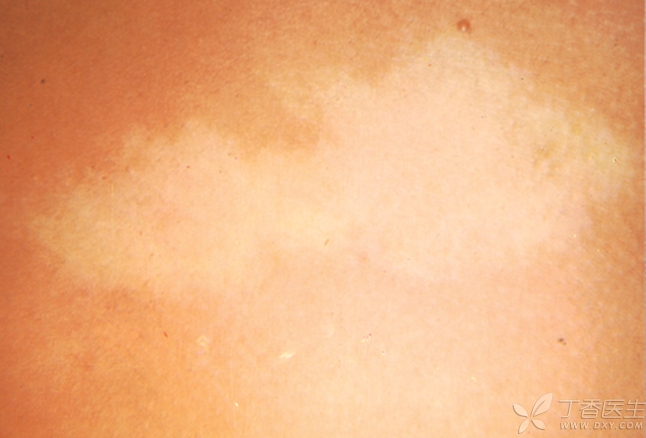
Many babies are born with some [birthmarks] on their bodies. At this time, parents who do not let go of every small [abnormal] on their babies will inevitably worry:
It is said that some [birthmarks] will become cancerous. Does it matter if this [birthmark] of my baby is present?
Don’t worry, Dr. Clove invited Dr. Yu Jia, a dermatologist, to tell everyone about the birthmark.
A black [birthmark]
The common black mark is pigmented nevus, which generally does not fade away. For [little guy] with a diameter of less than 4 ~ 6 mm, parents need not worry too much.
However, if the following two situations occur, parents should pay attention to the observation. If moles are found to become larger and convex, or to have broken skin or bleeding, they should go to the dermatology department at once.
1. Special location
Some moles grow in special places, such as palms, soles, thigh roots and shoulders. Moles in these places are vulnerable to friction and may change under the stimulation of friction.
2. Be ugly
Some moles are relatively [creative]: irregular edges, uneven colors, uneven or very large. This also requires close observation of changes.
There are also moles called [congenital pigmented nevus], which can reach the size of the palm or larger. These moles are often thicker and have a lot of hair. This kind of mole, in addition to observing changes, also needs regular dermatological examination, the doctor will help parents to judge whether they need to cut off.
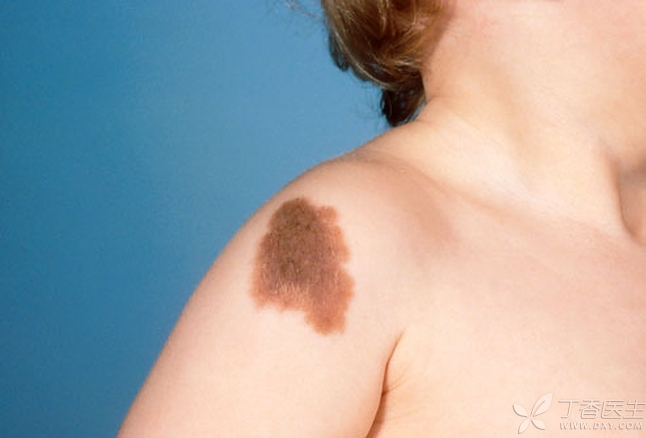
A red [birthmark]
1. Erythema neonatum
Babies 2-3 days after birth may have some erythema, rashes and pustules on their bodies. Generally, they will recover in 1-3 days, and the longest time will not exceed 10 days. No additional treatment is required. Parents only need to wait patiently.
2. Hemangioma
Hemangioma is characterized by large raised red plaques of skin, which may occur at the time of the baby’s birth or slowly appear after birth.
Some hemangiomas that grow relatively shallow can fade away on their own and do not need treatment. For serious hemangiomas, 3 months after birth is the golden period for treatment, and the earlier the better.
Therefore, if the baby is found to have hemangioma, parents had better go to see a doctor for examination to see if there are vascular malformations in the body and whether further treatment is needed. If after seeing a doctor, the doctor judges that there is no need for immediate treatment, parents should remember to take the baby to follow up on a regular basis.
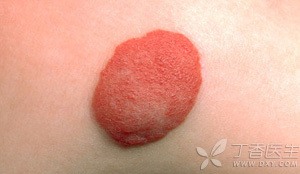
3. Nevus flammeus
This is a very light red spot with irregular edges, which can fade when pressed. It can appear at birth or within a few days after birth.
Occurred in the baby’s body in the middle of the part, such as the forehead, bridge of the nose, upper eyelid and head behind the red stain mole, most can fade, parents can observe first. If it has not disappeared after the age of 3, or red stain mole grows in other positions, it should go to see a doctor.
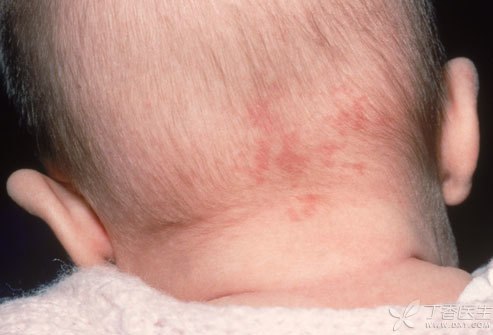
A cyan birthmark
1. Mongolian spot
Mongolian spot is a round piece, long on the baby’s waist and fart, sometimes on the legs, arms will also have, according to the color will not change. This kind of situation generally does not need treatment, within a few years will fade.
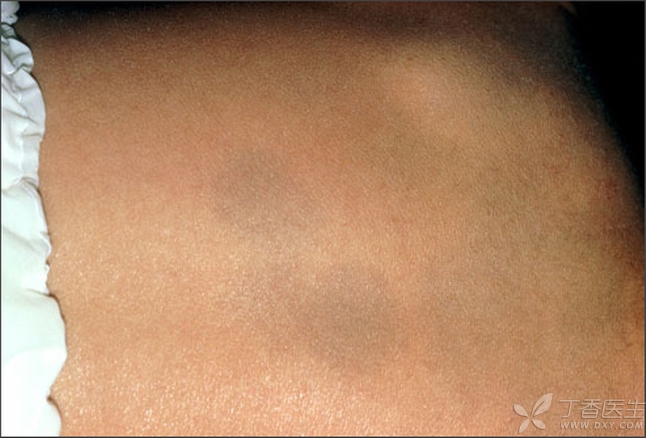
2. Nevus of Ota
Ota moles often grow around the eyes. Some Ota moles are relatively large and can spread to the positions of forehead, nose and ears. Some babies’ [white eyes] will also turn blue and blue.
Ota nevus generally does not cause health problems in what, but because there are many cases of Ota nevus on the face and the baby’s inferiority complex, it is generally recommended that parents give the child laser treatment.
A white [birthmark]
1. Vitiligo
If parents find white spots on the baby’s skin, or the color of hair, eyelashes and other hair also turns white, they need to see a doctor as soon as possible.
Vitiligo is treated earlier, the better the effect. As it cannot be cured 100%, parents need to guide the baby more to avoid inferiority complex.
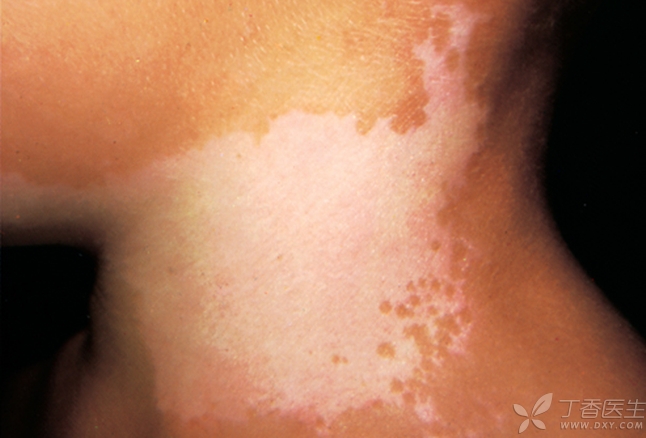
2. Apigmented nevus
When non-pigmented nevus occurs, the skin color is a little lighter than normal skin and its shape is irregular. Although the area of this pale skin will become larger, its shape will not change.
Non-pigmented nevus does not need treatment and is not harmful to the body. Parents are required to guide the baby more and help the baby correctly understand and accept his own body mark.
